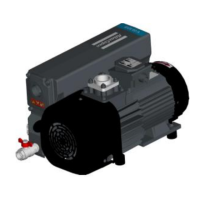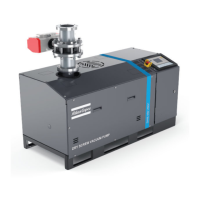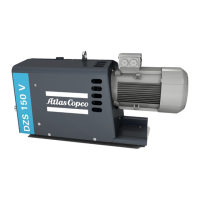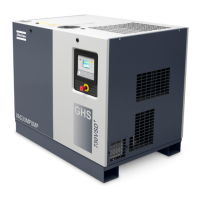3.4.2 Total recirculation sealing liquid supply system
A total recirculation system minimizes waste sealing liquid from the pump. Such a system may be
particularly effective when used in a drying process, where process vapours are condensed inside the
pump; the sealing liquid used can be the same as the condensed process vapours. In this configuration a
loss of cooling liquid to the heat exchanger could cause the service liquid temperature and hence any
contact surfaces to exceed the maximum allowable surface temperature.
Refer to Figure 1, detail A. The sealing liquid discharged at the pump outlet is separated from the pumped
gases and vapours in the sealing liquid reservoir (8), connected to the pump discharge outlet pipeline (12).
The sealing liquid is then recirculated to the pump through a cooler (7). This removes the heat of
compression and any latent heat of condensation from the recirculated sealing liquid.
3.4.3 Partial recirculation sealing liquid supply system
Refer to Figure 1, detail B. In a partial recirculation system, part of the sealing liquid discharged at the outlet
is recirculated through the pump (2).
The sealing liquid discharged at the pump outlet enters the sealing liquid reservoir (8), connected to the
process outlet pipeline (12).
Fresh sealing liquid is supplied to the reservoir (8), through the float operated fill/top-up valve (9).
A mixture of fresh and recovered sealing liquid from the reservoir is then supplied to the sealing ring in the
pump (through the supply pipeline: 6, 5, 4, 3).
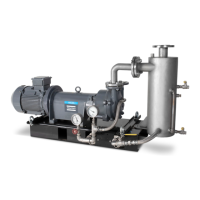
